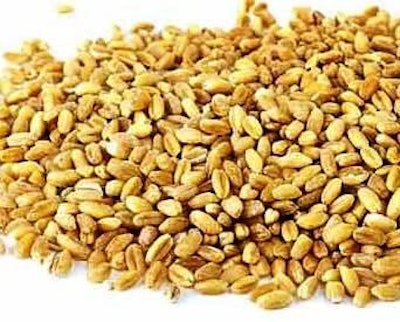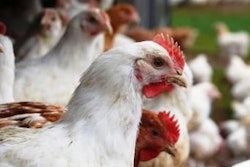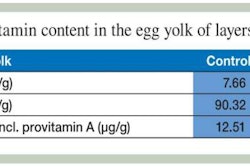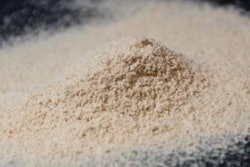
High-fiber concentration in barley limits its use in most pig and poultry diets, except in diets designed to control diarrheas in young animals. Barley contains less energy than maize and wheat, and it is intermediate in protein. It also contains certain anti-nutritional factors that need to be addressed before increasing the dietary concentration of this cereal beyond conventional levels.
Cold-climate crop
Barley is a crop that requires colder climates to thrive and therefore it is mainly produced in countries like Russia, Canada, Germany, France, and Ukraine. Its use in diets for poultry and pigs has been traditionally rather limited, and centered around the main producing areas. But, recently, due to the upheaval in the worldwide cereal markets, barley has become increasingly available in certain areas, at rather competitive prices. When this becomes the case, it is enticing to consider using high levels of barley in diets. But, in order to be able to do so without sacrificing animal performance, we need to understand the strong and weak points of this cereal.
Nutritive value
Nutritionally, barley contains less net energy (9.5 MJ NE/Kg) than maize and wheat because of its higher concentration in crude fiber (4.6 percent). Barley contains around 10 percent crude protein, with lysine (0.38 percent) and threonine (0.35 percent) being first and second limiting amino acids. Like wheat, however, barley is a relative good source of tryptophan when compared to maize. Barley contains 0.07 percent calcium and 0.34 percent P, the latter being 32 percent digestible by pigs.
Anti-nutritional factors
Barley is quite rich in non-starch polysaccharides (around 10 percent) that act as anti-nutritional factors limiting its nutritive value and inclusion rate in most diets, especially for young animals. Its major fraction of non-starch polysaccharides comprises of beta-glucans, but it also contains a substantial amount of arabinoxylans, both of which are totally indigestible by pigs and poultry. These polysaccharides increase intestinal viscosity, especially as dietary barley concentration increases, and as such they impair overall nutrient digestibility.
Mycotoxins
Barley is less susceptible to mycotoxins compared to maize and wheat, but nevertheless it is occasionally affected by the same toxins like in wheat (deoxynivalenol, nivalenol and zearalenone). Thus, similar anti-mycotoxin agents should also be used in barley-based diets.
Grinding
Barley should be ground to around 600-700 microns to enhance nutrient digestibility and efficiency of feed utilization, but it must be used coarsely (around 1,200 microns) when part of a scour-preventive intervention. In fact, barley-high piglet diets are used extensively in the European Union to control scours in the absence of in-feed antibiotics.
Enzymes and cooking
Barley benefits perhaps the most from thermal processing (cooking) compared to maize and wheat, but for scour controlling purposes, raw barley is generally preferred. Likewise, it is with high-barley diets that enzyme supplementation is most often recommended. To this effect a beta-glucanase is the enzyme most commonly used, but most diets that contain barley almost invariably contain also a substantial amount of wheat, an enzyme blend composed of beta-glucanase and xylanase may be more beneficial, especially with low-quality wheat.
Using enzymes in poultry feed to increase profitswww.wattagnet.com/151612.htm
Six indispensable ingredients for piglet feedswww.wattagnet.com/154740.html













